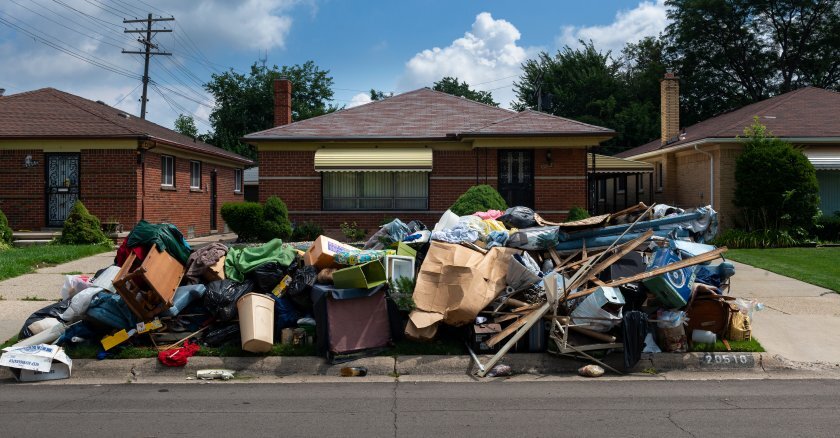They are just a few of the tens of millions of Americans attempting to pay back legal financial obligations — a crushing form of debt that people owe for fines imposed for an offense, fees attached to the criminal legal process or restitution arising from a criminal case. New research from our organization, the Vera Institute of Justice, documents the reality that the millions of Americans who are struggling to pay down that debt must do so for much longer than they would have to for debt of any other kind.
Most states have statutes of limitations on consumer debt of three to six years, and debts from civil judgments are mostly subject to a 10-year limitation. Vera’s first-of-a-kind, 50-state study of criminal debt statutes of limitations finds that more than two-thirds of states prejudicially set criminal legal debt repayment terms longer than they do for consumer and civil debt burdens — and that this unequal treatment nonetheless fails to produce financial benefits for states.
The inequality between debts from criminal and civil cases is severe: The median civil debt statute of limitations allows for 10 years of collection, but the median criminal debt statute allows for 40 years for fines and fees and an indefinite, lifetime term for restitution. In states as different as Alabama, Delaware, Utah and Vermont, where civil judgment statutes range from eight to 10 years, there are no limits on how long residents are subject to criminal legal debt repayment. In Virginia, criminal debt arising from district courts is enforceable for 30 years, and criminal debt from circuit courts is enforceable for 60 years — three times longer than civil judgments enforced in courts of the same levels.
The consequences of holding this debt are not just financial — forcing many debt holders to choose between repayment and essentials for themselves and family — but also carry legal risks and health consequences, and they restrict and endanger access to housing, education and employment. Debt makes it harder for people returning from jail or prison to re-enter society. In a cruel irony, a survey of criminal debt holders in New Mexico found that over 40 percent of respondents said they had to commit a new crime to get money to pay off fines and fees from an earlier offense.
While these debts take a significant toll on people and their communities, you might imagine that longer repayment periods would at least benefit state governments. Instead, our study aligns with existing research showing that the older the debt, the less likely it is that it will be repaid. People who can pay tend to do so within a few months; those who can’t aren't typically able to pay even years later.
In our survey, the median dollar amount states collected per resident was higher in places with limited repayment periods than in those with unlimited repayment periods, suggesting that the additional collection time is of little to no benefit to the state. For example, Colorado collects four times as much money per capita as New Mexico, despite setting a repayment term for fines and fees at six years versus New Mexico’s unlimited term. Moreover, other research has demonstrated that the effort to collect fines and fees is extremely cost-ineffective, in some cases costing governments more than the revenue they seek.
Statutes of Limitations

Vera Institute of Justice
This messy, opaque, but deeply consequential part of the criminal legal system is primed for reform in places where it may not yet be politically viable to stop imposing LFOs, but advocates at least have an opportunity to reduce the amount of time people are subject to those debts. Statute-of-limitations reforms stand to benefit individuals, communities and even state and local governments that inadvisably chase money they won’t find.
States interested in equity and justice ought to revise their statutes of limitations for criminal legal debt down to the gold standard for consumer debt, three years, or at least equalize how debts from criminal and civil cases are treated. To ensure that enforcement on these debts is truly limited, these reforms should also extinguish outstanding debt once the statute of limitations has expired. For the millions of people burdened by LFO debt years and even decades after any offense, this kind of relief is well past due.
Stephen Lurie is an associate on the Vera Institute of Justice’s impact strategy team, an internal innovation hub for sourcing, testing and developing new initiatives to improve the criminal justice and immigration systems.
Governing’s opinion columns reflect the views of their authors and not necessarily those of Governing’s editors or management.
Related Articles













